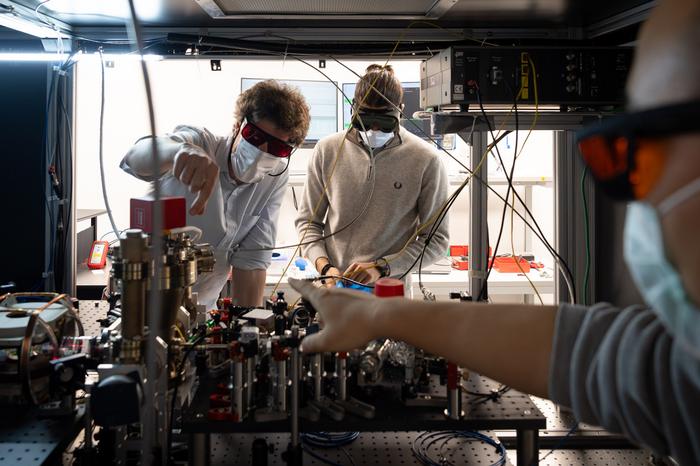Insider Brief
- Quantum computing expert Scott Aaronson explained the field during a recent talk, explaining its foundation in quantum mechanics, which introduces the concept of amplitudes that differ from classical probability.
- The power of quantum computing stems from qubits, which can exponentially increase the computational space, but practical applications like quantum simulation remain the most promising use.
- Aaronson cautions against overhyping quantum computing, emphasizing the importance of balancing scientific understanding with realistic expectations for the technology’s future potential.
It seems — at least looking in from as insider of sorts — quantum computing has captured the public imagination, being touted as a game-changing technology that would dramatically alter everything in life. But the truth is more mundane and deeper, says Scott Aaronson, a computer scientist and quantum computing expert.
In a recent Institute of Art and Ideas talk, Aaronson set out to demystify quantum computing, starting with its foundation in quantum mechanics. He argues that quantum mechanics, far from being an incomprehensible mystery, is actually “much much simpler than you might imagine, once you take the physics out of it.”
In essence, quantum mechanics is about a fundamental change to the rules of probability. While classical probability deals with real numbers between 0 and 1, quantum mechanics introduces the concept of amplitudes. As Aaronson explained, “to every possible state that a system could be in, we have to assign a number called an amplitude. And amplitudes can be positive or negative, they can even be complex numbers.”

This seemingly small change leads to profound consequences, best illustrated by the famous double-slit experiment. Aaronson noted that “by decreasing the number of paths that the electron can take to get somewhere I can increase the probability that it gets there.” This counterintuitive result highlights the unique nature of quantum systems.
The building block of quantum computers is the qubit, which Aaronson described as “the simplest interesting quantum system.” Unlike classical bits, qubits can exist in superpositions of states, represented by these complex amplitudes. The power of quantum computing comes from the exponential growth in the number of amplitudes needed to describe multiple qubits.
“If I have 20 qubits that’s more than a million amplitudes,” Aaronson explained. “If I have a thousand qubits, now the number of amplitudes is more than the number of atoms in the observable universe.”
This vast computational space is what gives quantum computers their potential power. However, Aaronson cautions against overhyping the technology’s capabilities. When it comes to practical applications, he noted that “40 years later I think that remains the best answer that we have” — referring to quantum simulation, the original proposed use for quantum computers.
While other potential applications have been discovered, Aaronson suggests that many popular narratives about quantum computing’s capabilities are misleading. He underlined the importance of understanding the technology’s true potential and limitations.
In the end, Aaronson mentioned that reality is far more interesting than the fabulous stories of quantum given in media spin. Once the basic nature of quantum mechanics and some very peculiar properties of qubits are appreciated, then the wonders of this growth technology and how capable it can potentially become can be truly envisaged. It is necessary that in future development, quantum computing ensures a proper balance whereby scientific understanding is not overcome by hype. The insight from Aaronson helps set up a rich backdrop through which to understand the real promise and problems of this amazing field.

















